一系统截图

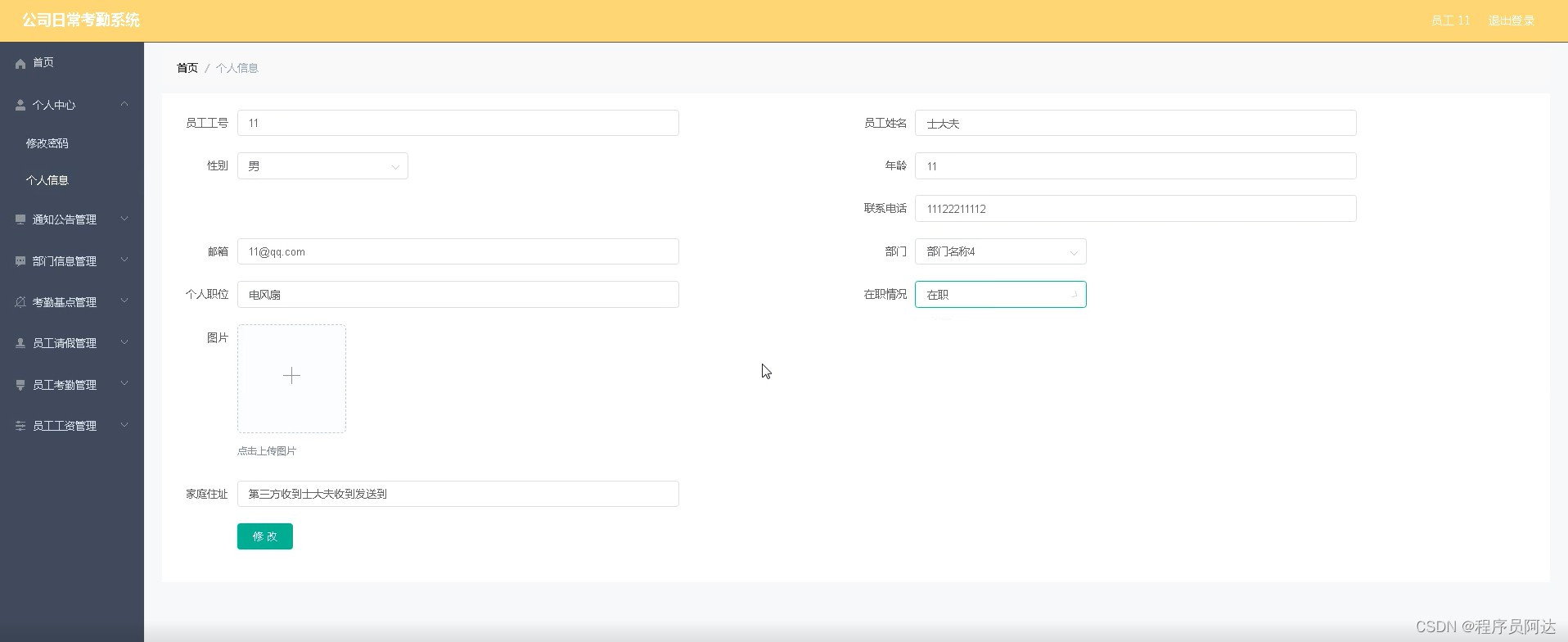
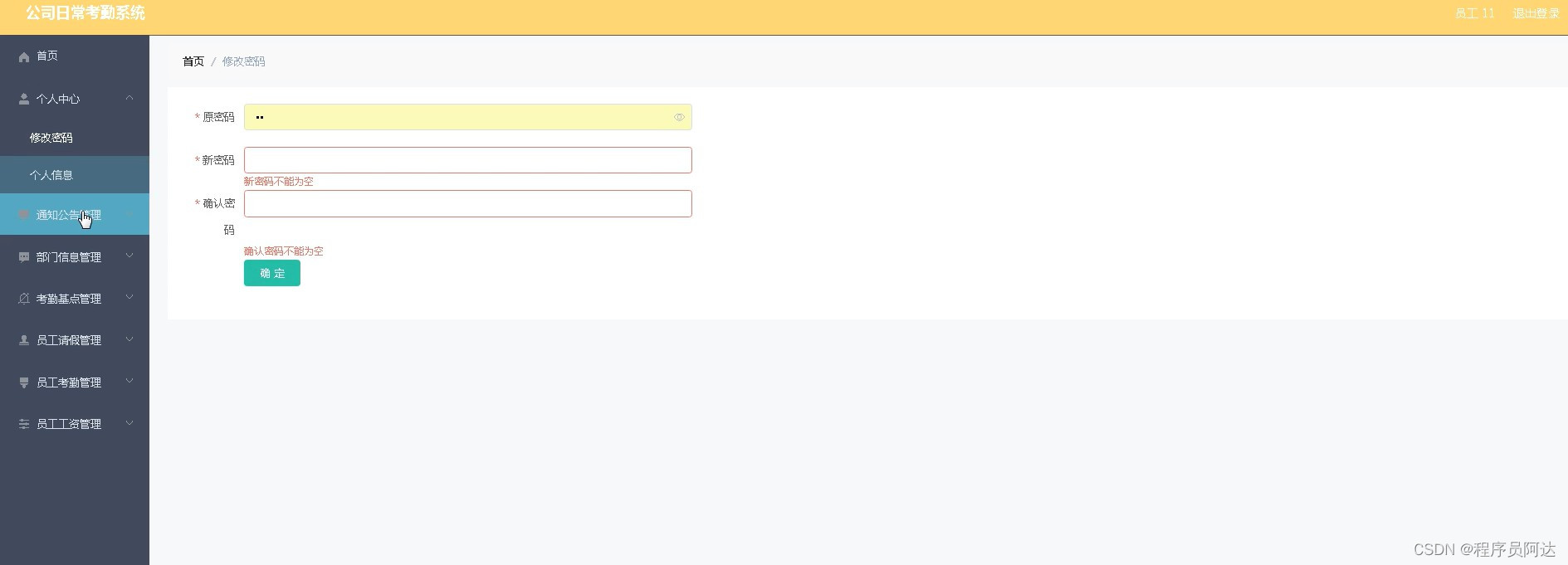
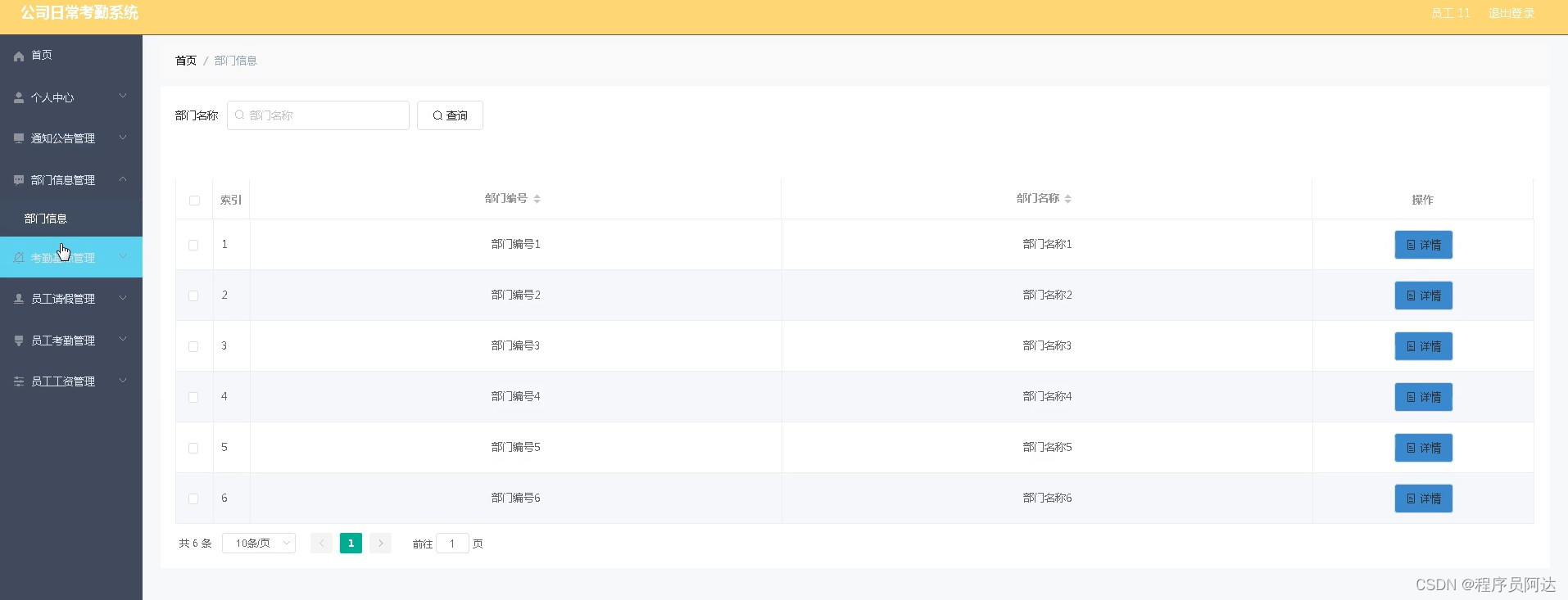


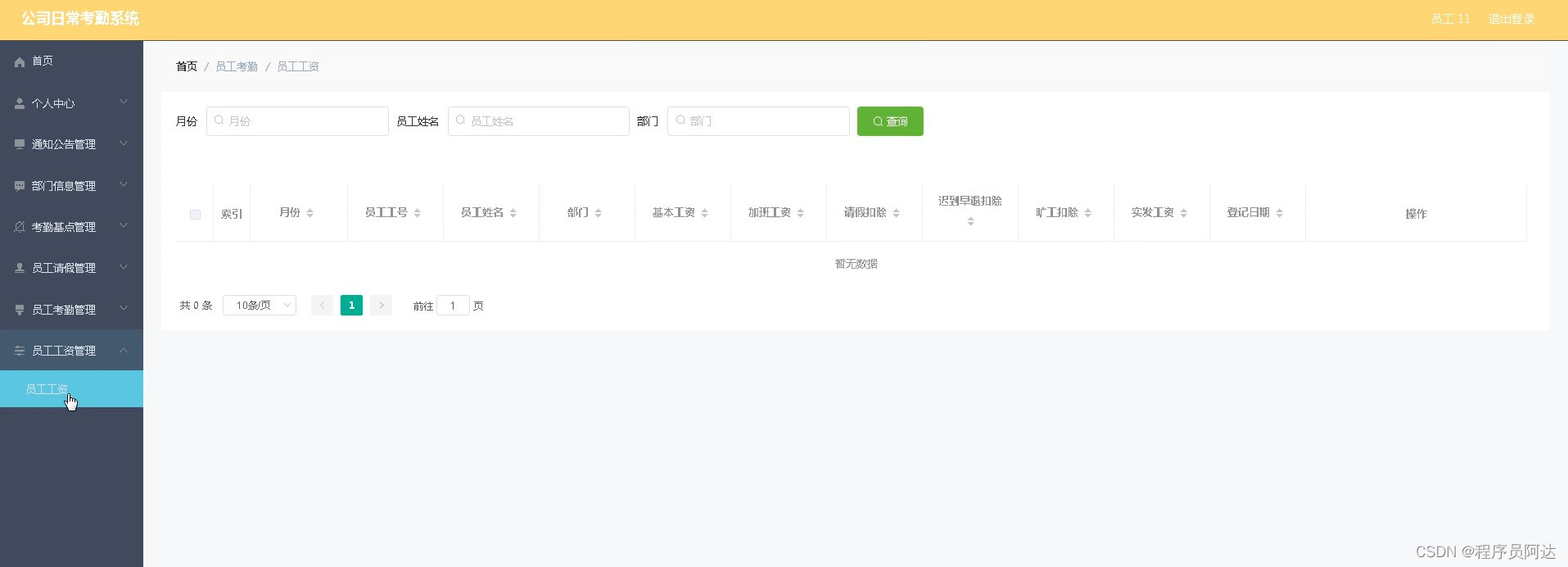
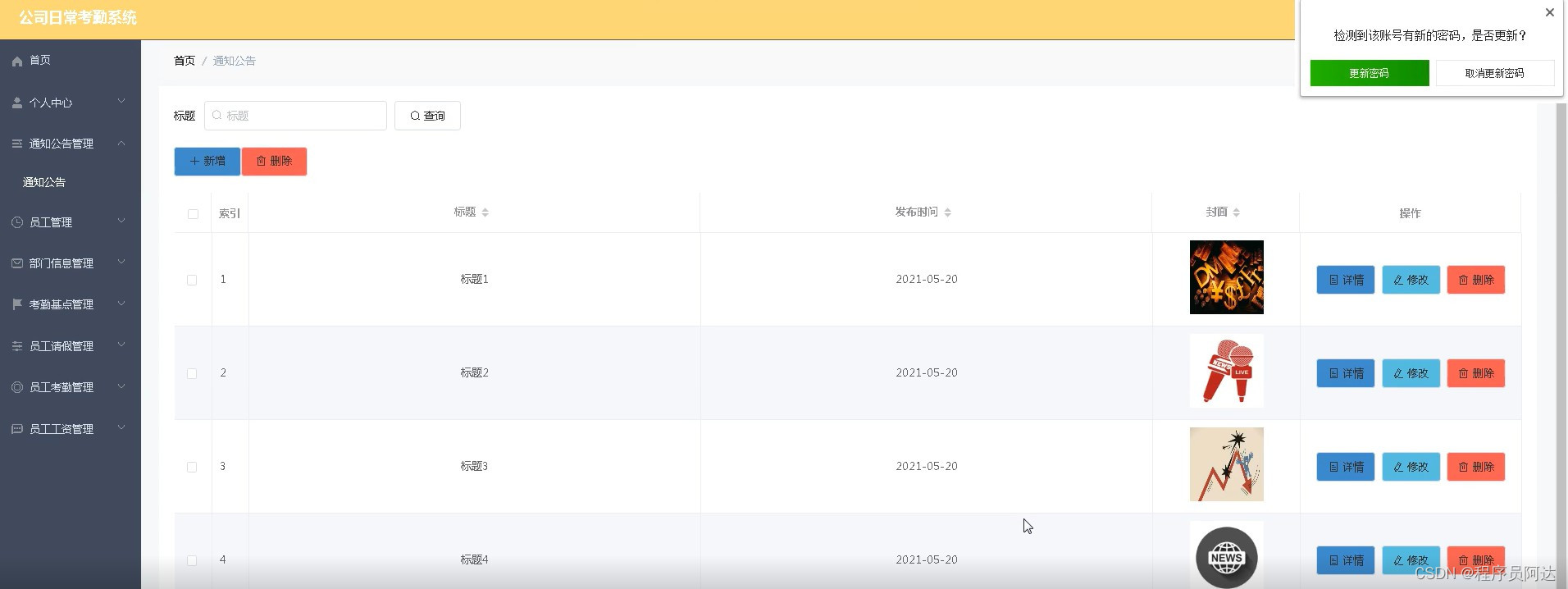

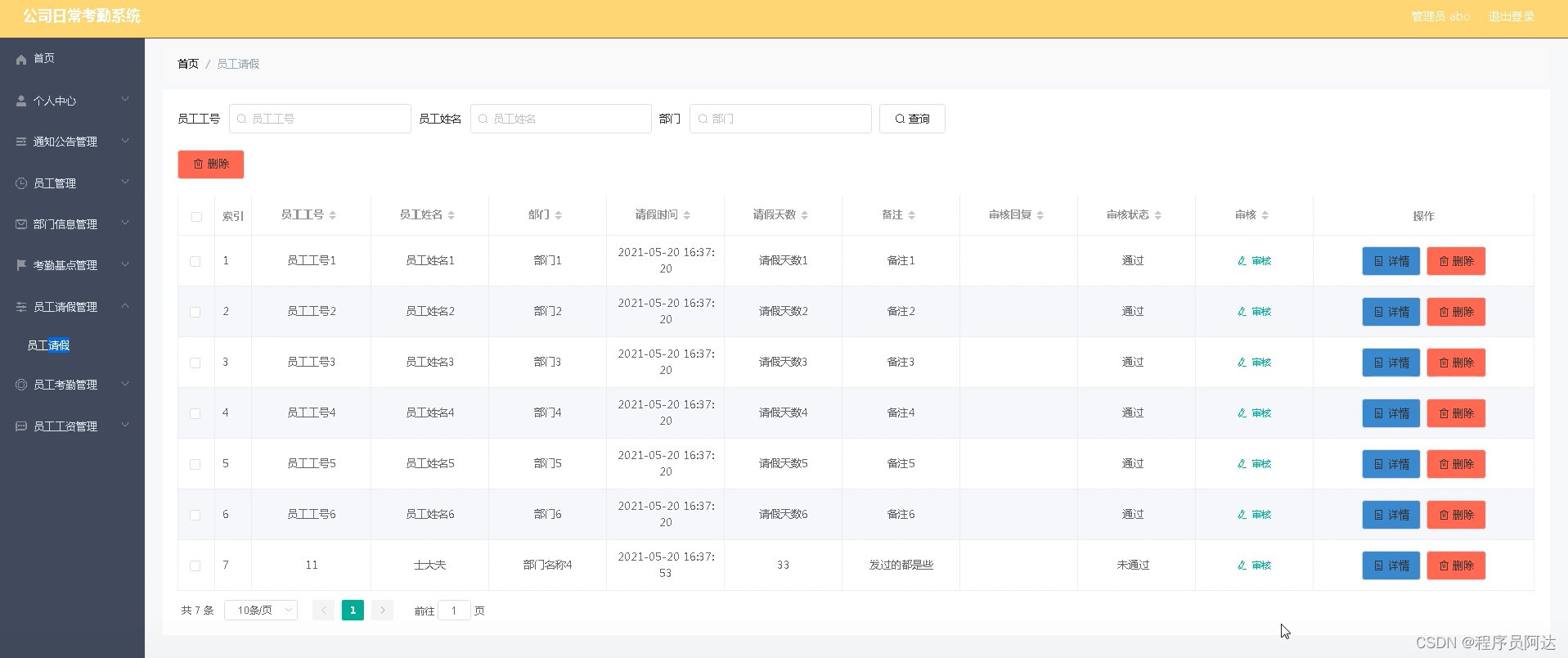
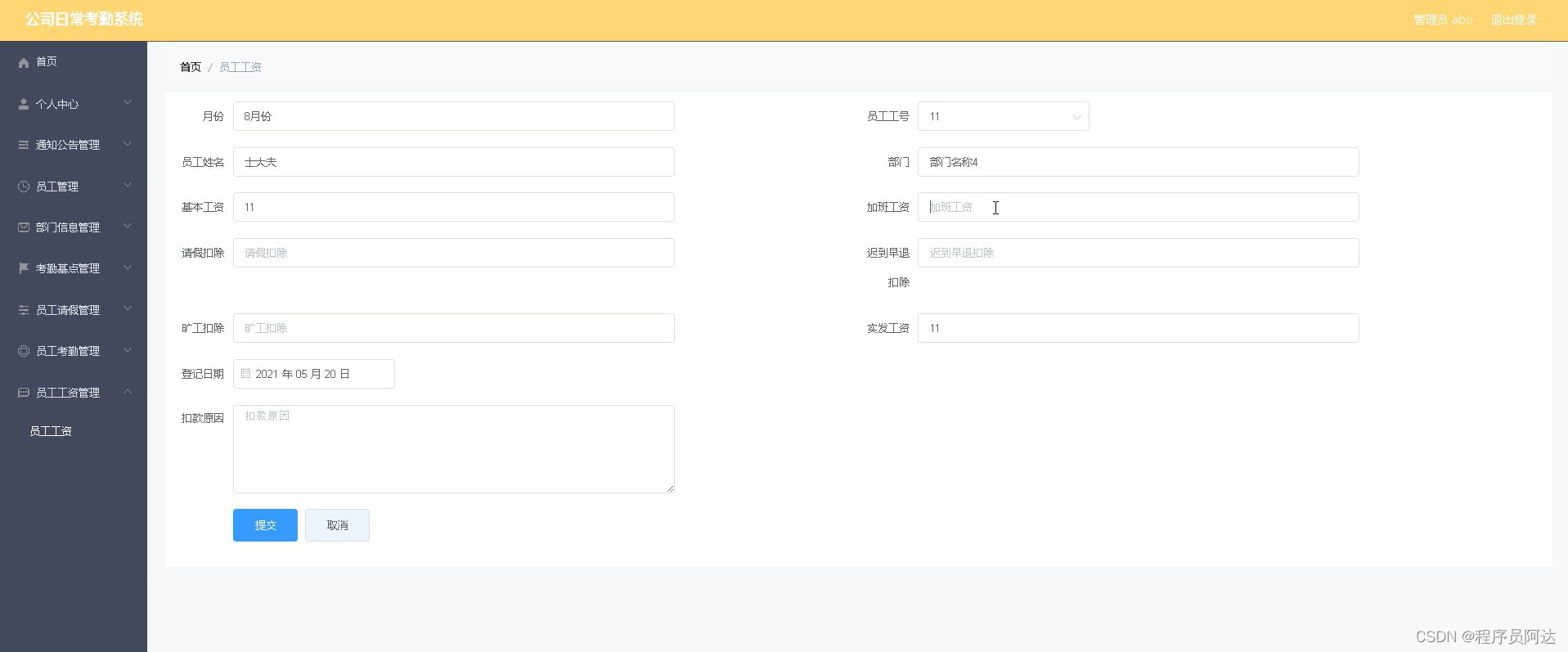
二系统架构
系统架构:
本系统使用Java作为主要的编程语言编程开发,后台以SpringBoot框架作为主要的技术支撑,数据库采用采用MySQL,前端采用VUE同时配合JavaScript语言,同时引入Ueditor编辑器丰富页面的内容。
开发环境:
JDK8+IDEA+MySQL8.0
三源码下载
四伪代码展示
以下是一个基于SpringBoot框架的企业人事管理系统的伪代码示例:
```java
// EmployeeController.java
@RestController
@RequestMapping("/api/employees")
public class EmployeeController {
@Autowired
private EmployeeService employeeService;
@GetMapping
public ResponseEntity<?> getAllEmployees() {
// 获取所有员工逻辑
List<EmployeeDto> employees = employeeService.getAllEmployees();
return ResponseEntity.ok(employees);
}
@GetMapping("/{id}")
public ResponseEntity<?> getEmployeeById(@PathVariable Long id) {
// 根据ID获取员工逻辑
EmployeeDto employee = employeeService.getEmployeeById(id);
return ResponseEntity.ok(employee);
}
@PostMapping
public ResponseEntity<?> addEmployee(@RequestBody EmployeeDto employeeDto) {
// 添加员工逻辑
employeeService.addEmployee(employeeDto);
return ResponseEntity.ok().build();
}
@PutMapping("/{id}")
public ResponseEntity<?> updateEmployee(@PathVariable Long id, @RequestBody EmployeeDto employeeDto) {
// 更新员工逻辑
employeeService.updateEmployee(id, employeeDto);
return ResponseEntity.ok().build();
}
@DeleteMapping("/{id}")
public ResponseEntity<?> deleteEmployee(@PathVariable Long id) {
// 删除员工逻辑
employeeService.deleteEmployee(id);
return ResponseEntity.ok().build();
}
}
// DepartmentController.java
@RestController
@RequestMapping("/api/departments")
public class DepartmentController {
@Autowired
private DepartmentService departmentService;
@GetMapping
public ResponseEntity<?> getAllDepartments() {
// 获取所有部门逻辑
List<DepartmentDto> departments = departmentService.getAllDepartments();
return ResponseEntity.ok(departments);
}
@GetMapping("/{id}")
public ResponseEntity<?> getDepartmentById(@PathVariable Long id) {
// 根据ID获取部门逻辑
DepartmentDto department = departmentService.getDepartmentById(id);
return ResponseEntity.ok(department);
}
@PostMapping
public ResponseEntity<?> addDepartment(@RequestBody DepartmentDto departmentDto) {
// 添加部门逻辑
departmentService.addDepartment(departmentDto);
return ResponseEntity.ok().build();
}
@PutMapping("/{id}")
public ResponseEntity<?> updateDepartment(@PathVariable Long id, @RequestBody DepartmentDto departmentDto) {
// 更新部门逻辑
departmentService.updateDepartment(id, departmentDto);
return ResponseEntity.ok().build();
}
@DeleteMapping("/{id}")
public ResponseEntity<?> deleteDepartment(@PathVariable Long id) {
// 删除部门逻辑
departmentService.deleteDepartment(id);
return ResponseEntity.ok().build();
}
}
// EmployeeService.java
public interface EmployeeService {
List<EmployeeDto> getAllEmployees();
EmployeeDto getEmployeeById(Long id);
void addEmployee(EmployeeDto employeeDto);
void updateEmployee(Long id, EmployeeDto employeeDto);
void deleteEmployee(Long id);
}
// EmployeeServiceImpl.java
@Service
public class EmployeeServiceImpl implements EmployeeService {
@Autowired
private EmployeeRepository employeeRepository;
@Override
public List<EmployeeDto> getAllEmployees() {
// 获取所有员工逻辑
List<Employee> employees = employeeRepository.findAll();
// 转换为DTO对象并返回
return employees.stream().map(EmployeeDto::new).collect(Collectors.toList());
}
@Override
public EmployeeDto getEmployeeById(Long id) {
// 根据ID获取员工逻辑
Employee employee = employeeRepository.findById(id).orElseThrow(() -> new RuntimeException("Employee not found"));
// 转换为DTO对象并返回
return new EmployeeDto(employee);
}
@Override
public void addEmployee(EmployeeDto employeeDto) {
// 添加员工逻辑
Employee employee = new Employee(employeeDto.getName(), employeeDto.getDepartmentId());
employeeRepository.save(employee);
}
@Override
public void updateEmployee(Long id, EmployeeDto employeeDto) {
// 更新员工逻辑
Employee employee = employeeRepository.findById(id).orElseThrow(() -> new RuntimeException("Employee not found"));
employee.setName(employeeDto.getName());
employee.setDepartmentId(employeeDto.getDepartmentId());
employeeRepository.save(employee);
}
@Override
public void deleteEmployee(Long id) {
// 删除员工逻辑
employeeRepository.deleteById(id);
}
}
// DepartmentService.java
public interface DepartmentService {
List<DepartmentDto> getAllDepartments();
DepartmentDto getDepartmentById(Long id);
void addDepartment(DepartmentDto departmentDto);
void updateDepartment(Long id, DepartmentDto departmentDto);
void deleteDepartment(Long id);
}
// DepartmentServiceImpl.java
@Service
public class DepartmentServiceImpl implements DepartmentService {
@Autowired
private DepartmentRepository departmentRepository;
@Override
public List<DepartmentDto> getAllDepartments() {
// 获取所有部门逻辑
List<Department> departments = departmentRepository.findAll();
// 转换为DTO对象并返回
return departments.stream().map(DepartmentDto::new).collect(Collectors.toList());
}
@Override
public DepartmentDto getDepartmentById(Long id) {
// 根据ID获取部门逻辑
Department department = departmentRepository.findById(id).orElseThrow(() -> new RuntimeException("Department not found"));
// 转换为DTO对象并返回
return new DepartmentDto(department);
}
@Override
public void addDepartment(DepartmentDto departmentDto) {
// 添加部门逻辑
Department department = new Department(departmentDto.getName());
departmentRepository.save(department);
}
@Override
public void updateDepartment(Long id, DepartmentDto departmentDto) {
// 更新部门逻辑
Department department = departmentRepository.findById(id).orElseThrow(() -> new RuntimeException("Department not found"));
department.setName(departmentDto.getName());
departmentRepository.save(department);
}
@Override
public void deleteDepartment(Long id) {
// 删除部门逻辑
departmentRepository.deleteById(id);
}
}
```
以上是一个简单的基于SpringBoot框架的企业人事管理系统的伪代码示例,您可以根据自己的实际需求进行修改和补充。希望对您有所帮助!






















 182
182











 被折叠的 条评论
为什么被折叠?
被折叠的 条评论
为什么被折叠?










